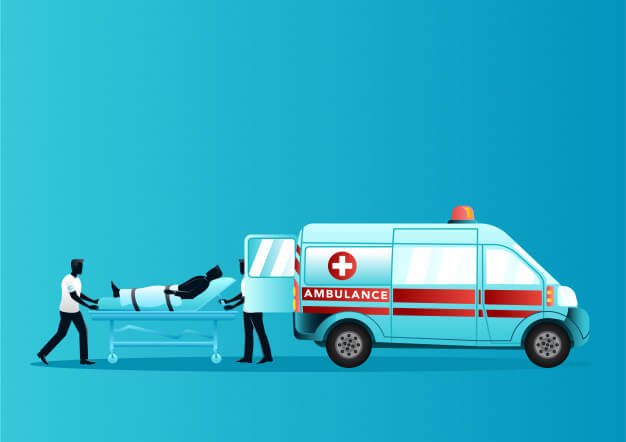Beyond the Siren: The Unsung Heroes of Ambulance Services

The emergency care and ambulance service industry is changing as a result of ongoing technological advancements. Modern medical technology and innovative communication strategies are reshaping the way emergency medical services (EMS) handle emergencies and provide life-saving care in the future.
Telemedicine integration in ambulances is one important innovation that promises to transform emergency care. With the use of this technology, paramedics may communicate in real-time with distant medical specialists, providing them with prompt advice and consultation on complicated cases. Telemedicine in ambulances, which has high-definition video and audio capabilities, can improve the precision of diagnosis and treatment choices, particularly in circumstances where a specialist's knowledge is essential.
Another revolutionary development in the field of ambulance services is the application of artificial intelligence (AI). To help paramedics make quick judgments based on accurate information, artificial intelligence (AI) systems can process large volumes of data from patient records, vital signs, and medical histories. Based on trends seen in past cases, machine learning algorithms can also recommend the best course of action for treatment or anticipate possible consequences. By enabling more rapid decision-making, this also enhances patient outcomes through the provision of individualized, data-driven care.
In emergency situations where access is difficult or time is of the importance, drones are becoming an increasingly essential tool. These unmanned aerial vehicles can swiftly travel to isolated or disaster-affected locations with medical supplies attached, providing vital care before an ambulance can arrive. Additionally, drones offer real-time airborne monitoring, which helps emergency services efficiently coordinate actions and gauge the severity of a situation.
Future ambulance services will be greatly impacted by wearable technology, which provides a pro-active approach to treatment. Patients can wear gadgets that track vital signs and provide information in real time to medical specialists if they have chronic diseases or are at high risk. By keeping an eye on things constantly, emergency medical services (EMS) can identify any emergencies early on and take swift action to stop health problems from getting worse.
Coordinating emergency responses is becoming more efficient thanks to advanced communication technology. Paramedics, ERs, and other healthcare providers may communicate easily thanks to integrated networks and interoperable communication tools. This guarantees that important information is communicated effectively, resulting in more informed choices and enhanced patient care.
Robotics is becoming more and more used in emergency treatment. Robotic devices can help paramedics with patient transfers and lifting, which lessens the physical strain on first responders and lowers the possibility of accidents. To further broaden the spectrum of pre-hospital treatment, robotic surgical equipment may also be used in ambulances for some sophisticated procedures.
Ambulance services are starting to use augmented reality (AR) to improve paramedics' situational awareness. Smart glasses and other augmented reality (AR) equipment can superimpose vital information, including patient histories, treatment plans, and real-time data, onto a paramedic's field of vision. This technology enhances the overall effectiveness of emergency responses in addition to facilitating faster decision-making.
In conclusion, a surge of cutting-edge technologies aimed at improving the efficiency, precision, and speed of emergency care is reshaping the ambulance industry. Drones, wearable technology, advanced communication systems, robotics, augmented reality, telemedicine, and artificial intelligence are just a few of the innovations that are raising the bar for emergency medical services and improving patient outcomes for patients in life-threatening circumstances. Future ambulance services could provide more effective, timely, and life-saving emergency care as these technologies develop further.
